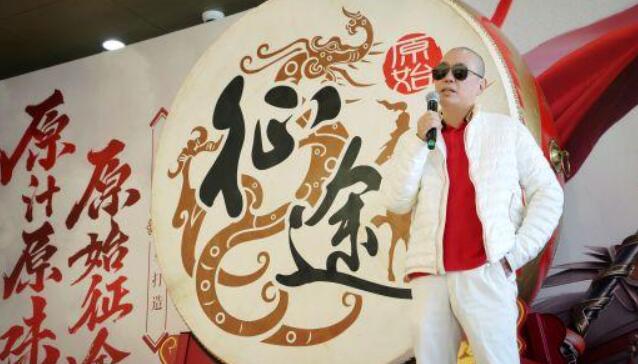世界上有多少个宗教派?
一、犹太教 二、基督宗教,包括 基督教(新教) 天主教 东正教 基督教马龙派(涅斯多流派、涅斯托利派、景教) 摩门教 三、佛教 (一)小乘佛教 (二)大乘佛教,包括 1. 显宗,包括 <1> 空门,包括 禅宗 律宗 法相宗(三论宗) 法性宗(瑜伽宗) 华严宗 天台宗 <2> 净土宗和净土东宗 2. 密宗,即藏传佛教 四、伊斯兰教,包括 逊尼派 什叶派 苏菲派 中国伊斯兰教 (伊朗)巴哈教 [编辑本段]其他宗教 一、印度教(亦称为兴都教) 佛教兴起前称婆罗门教;佛教在印度衰落时期,经过印度教改革,改称印度教。 二、(中国)道教,包括 正一道(天师道,上清派,灵宝派,神霄派等符录道派的统称) 全真道(包含全真教,金丹南宗等) 以及 (朝鲜、韩国)天道教 越南道教 三、(日本)神道教 Shinto (神道, Shintō?) is the native religion of Japan and was once its state religion. It is a type of polytheism, and involves the worship of kami spirits. Some kami are local and can be regarded as the spiritual being/spirit or genius of a particular place, but others represent major natural objects and processes: for example, Amaterasu, the Sun goddess, or Mount Fuji. Shinto is an animistic belief system. The word Shinto, from the original Chinese Shendao (1] combines two kanji: shin(loanwords usually retain their Chinese pronunciation, hence shin not kami), meaning gods or spirits; and tō meaning a philosophical way or path (originally from the Chinese word dao). As such, Shinto is commonly translated as The Way of the Gods. Some differences exist between KoShinto (the ancient Shintō) and the many types of Shinto taught and practiced today, showing the influences of Buddhism when it was introduced into Japan in the sixth century.[2] After World War II, Shinto ceased to be Japan's state religion, although it continued to be considered the native religion of Japan. Some Shinto practices and teachings, once given a great deal of prominence during the war, are no longer taught or practiced today, while others still exist as commonplace activities such as omikuji (a form of fortune-telling) and the Japanese New Year to which few people give religious connotations. Important national ceremonies such as coronations and imperial marriages are conducted at the Three Palace Sanctuaries in Tokyo. 四、(西藏)苯教 五、(印度)锡克教 六、琐罗亚斯德教(拜火教,祆教) 七、摩尼教(波斯明教) 八、耆那教 九、威卡教派 十、新兴宗教 十一,伏都教(西非贝宁)
上一篇:ff14怎么快速升到满级
下一篇:九阴手游残卷怎么合?






